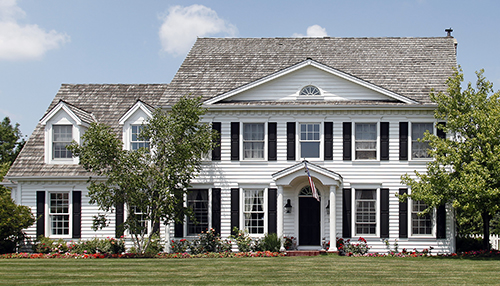When the time comes to sell your house, pricing it is one of the most important factors.
You have to start by determining what it’s worth, which is a process that has many factors of its own. Many people are emotionally attached to their house, but the bottom line to remember is that numbers are unemotional and they don’t lie. When evaluating a property, we’ll consider:
1. The neighborhood: If possible, we only want to compare the house to properties in the same neighborhood. If you deviate from the area, you want to go no further than a mile out if possible. For rural properties, you might have to go as far as five miles out. For homes in a subdivision though, you want to look at similar homes. Some subdivisions might only have four or five specific models of home. You’ll look for comparable properties that have sold in the last 90 days if possible. If not, the last six months. You can go back as far as a year in an up market like we’re in here in Woodstock. If you can’t find a similar model that has recently sold, you’ll look at properties with similar square footage, similar features, and similar age.
2. Price per square foot: This is my least favorite, but it’s the confirming number. Once we establish a property’s value based on similar features and age in the same subdivision, we’ll go to dollar per square foot. The smaller the house, the more you’ll get per square foot, and vice versa (especially for houses with a finished basement). We use this method to confirm the price in the absence of a directly comparable property. We’ll use this in addition to making adjustments for condition, features, and upgrades to dial in the price as accurately as possible.
“Numbers are unemotional and they don’t lie.”
These processes all aim to bring you the most money possible when selling your home. If you have any questions or you’d like to know what your home could sell for in the current market, give me a call or send me an email. I’d be happy to help.


